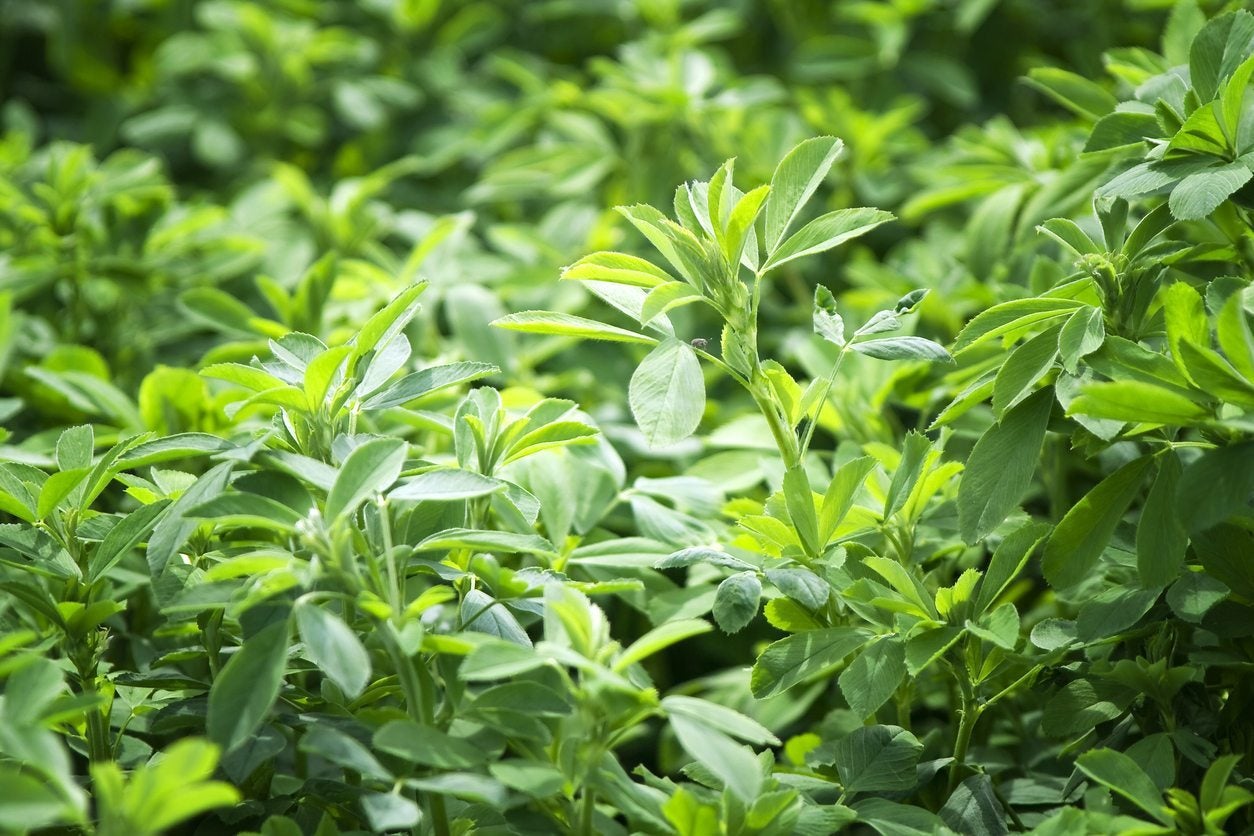Why Grow Perennial Legumes – Learn About Planting Perennial Legumes


Most legumes grown in the home garden, including beans and peas, are annual plants, which means they complete a life cycle in a single year. Perennial legumes, on the other hand, are those that live for more than two years.
Why Grow Perennial Legumes?
What are perennial legumes? Legumes, plants that belong to the family Fabaceae, are grown specifically for their seeds. Beans and peas are the most well-known legumes, but the legume family also includes many others, such as:
Agriculturally, legumes are valued cover crops for their ability to fix nitrogen in the soil. This ages-old technique, which involves growing plants in fall and winter before plowing them into the soil in spring, is also used by home gardeners. Planting perennial legumes and other cover crops not only improves soil nutrition but also loosens compacted soil, prevents erosion, and helps keeps weeds in check. Perennial legumes also make effective and attractive groundcovers.
Perennial Legume Varieties
Perennial legume varieties include several types of clover-- such as alsike clover, white clover, red clover, and yellow sweet clover-- as well as perennials such as crown vetch, cowpeas, birdsfoot trefoil, and various varieties of perennial peanuts. The best perennial legume for your area depends on a number of factors, including your USDA plant hardiness zone. Perennial legumes vary in hardiness.
How to Grow Perennial Legumes
Planting perennial legumes isn’t difficult. Here are a few tips: Grow perennial legumes in full sunlight. Work the soil well prior to planting, as legumes grow best in loose, fertile soil with plenty of organic matter. Water well at planting time. Once established, perennial legumes require little water until flowering, but be sure to irrigate if plants appear wilted. When flowering begins, water well to encourage development of pods. Also, keep the perennial legume plants well weeded. Contact your local cooperative extension office for more specific details regarding planting perennial legumes in your particular area.
Sign up for the Gardening Know How newsletter today and receive a free copy of our e-book "How to Grow Delicious Tomatoes".

A Credentialed Garden Writer, Mary H. Dyer was with Gardening Know How in the very beginning, publishing articles as early as 2007.